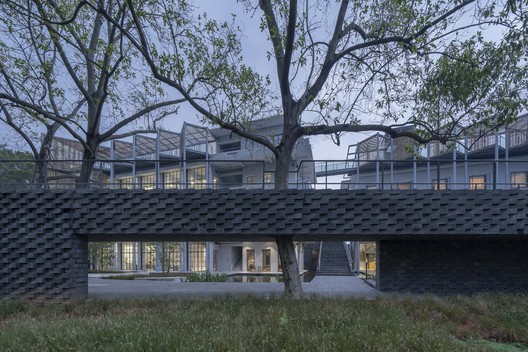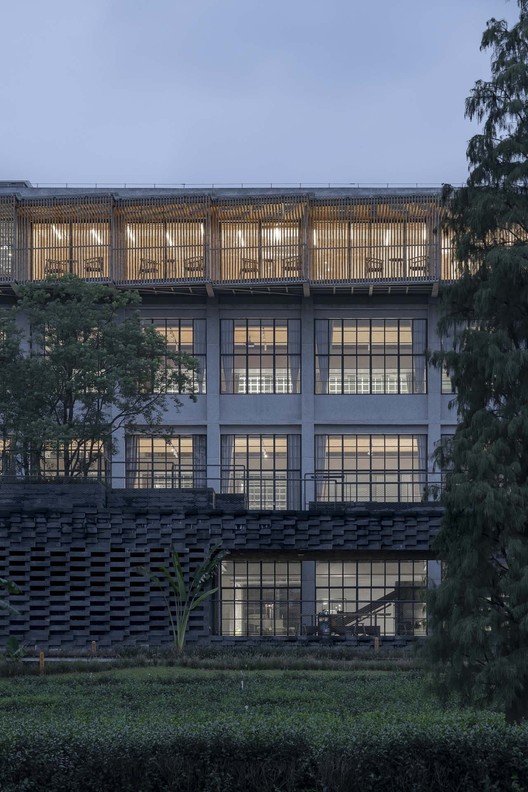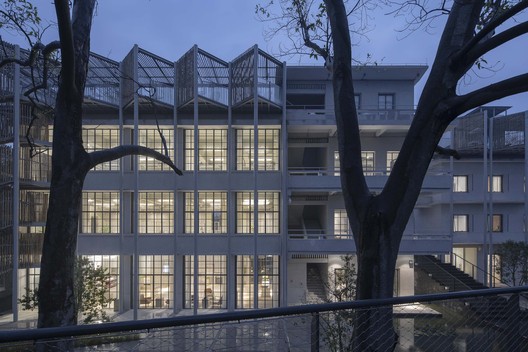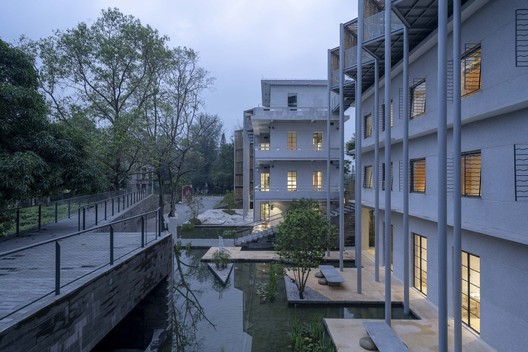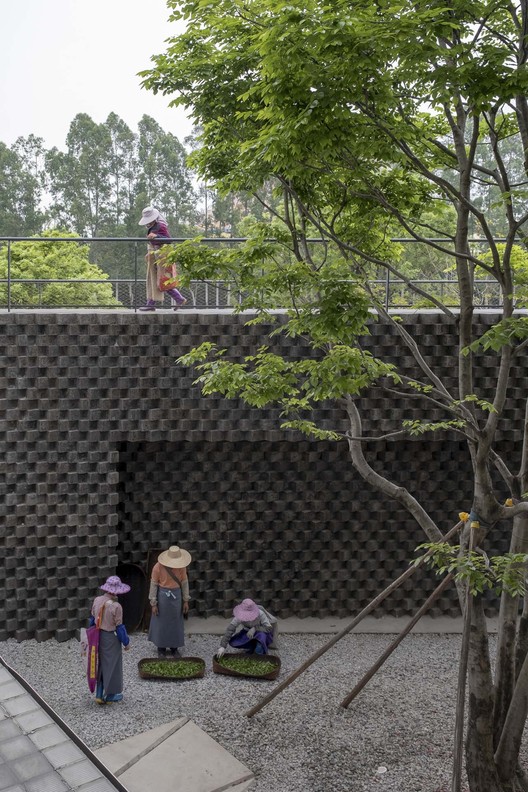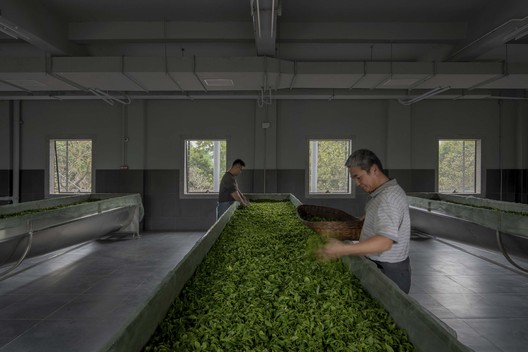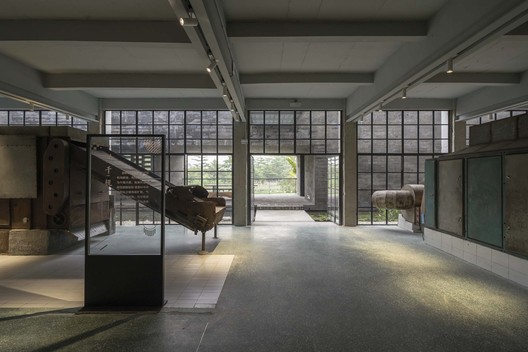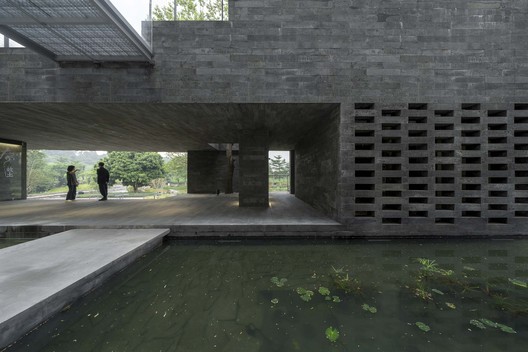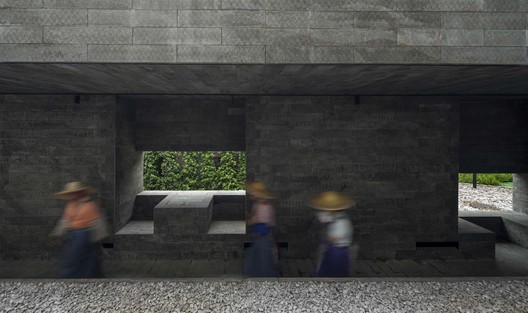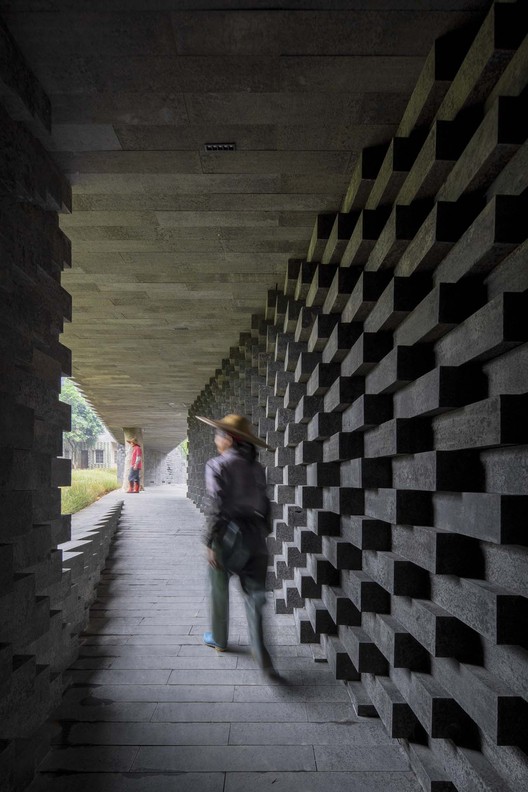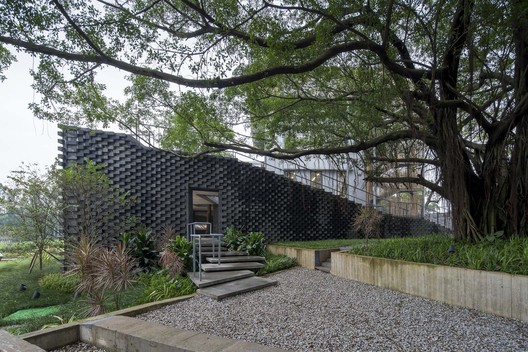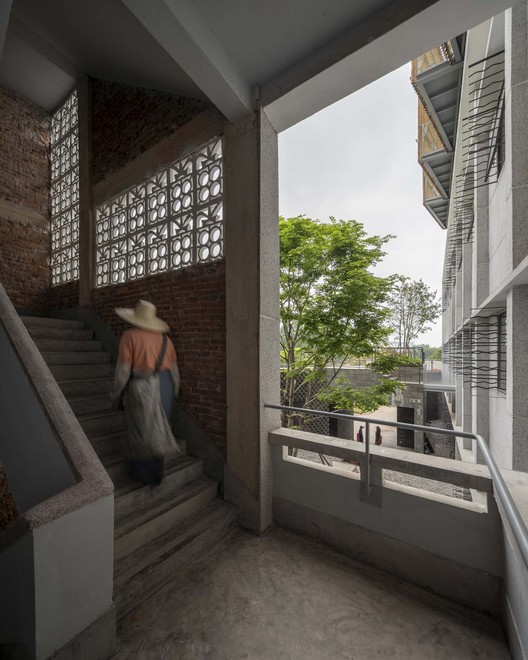
-
Architects: O-office Architects
- Area: 5477 m²
- Year: 2020
-
Photographs:Chao Zhang, Siming Wu, Chengqiang Huang

Text description provided by the architects. Duichuan Village once named Dui Village, got the name from the original settlement of Huangs and Xies during the Ming dynasty: these two families situated themselves on the westmost and eastmost edge of the village. Since first built and inaugurated in 1951, Duichuan Tea Yards went through three times name change till it settles with the name as it is now. The tea factory was one of the most productive tea yards in the Pearl River Delta region, the Duichuan Tea produced was in fashion for a while and got exported to Hong Kong, Macao, and Southeast Asia.














